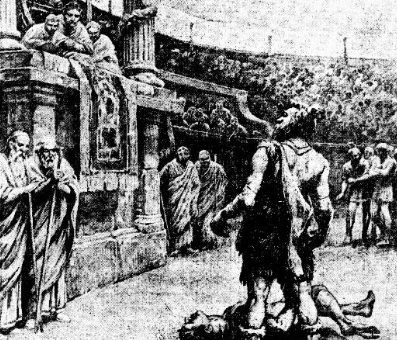
From ancient Rome to the Aztecs, funeral customs were unique, yet familiar, events that marked the passage from life to death.
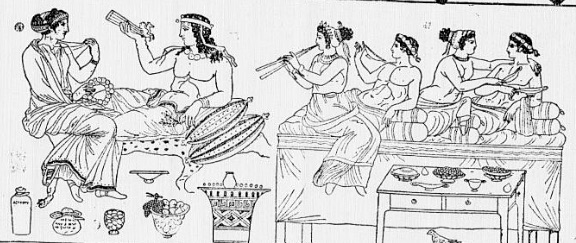
1. Burial and Dirt
While burying the dead is a traditional method of stopping the spread of disease, among the ancient Greeks ground burials also had religious significance. Not only did placing dirt over the deceased hide the markings of death, but it also hid mortal death from the gods who were offended by the sight of decay. Furthermore, the spirit of the deceased could not enter the Underworld until dirt was covering the body.
This did not mean that bodies had be to completely buried in the ground. A simple handful of dirt, sprinkled over the deceased, would allow the mortal’s soul to move on in death.
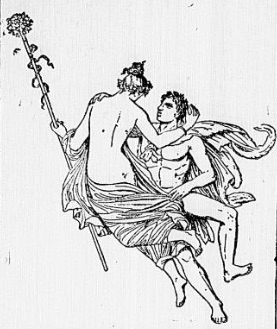
2. Offering Wine
In some parts of Greece, a wide mouthed jar with its bottom part removed was partially buried over the dead. Visitors at the grave could pour offerings of wine into the mouth of the jar where the wine would seep through the ground to reach the deceased.
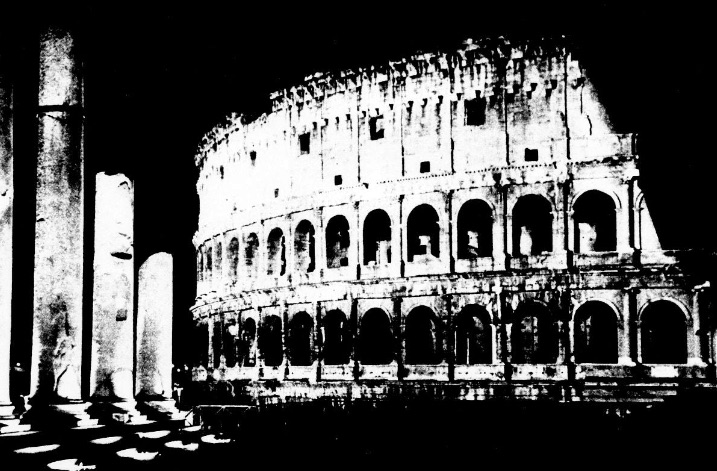
3. Washed and Oiled
There were numerous different funerary rites in ancient Rome. One of the more popular rites was to watch over the deceased for seven days. During this time, the body was washed in hot water each day and oiled down with olive oil.
This was probably done to ensure that the body of the deceased was truly dead before burial or cremation.
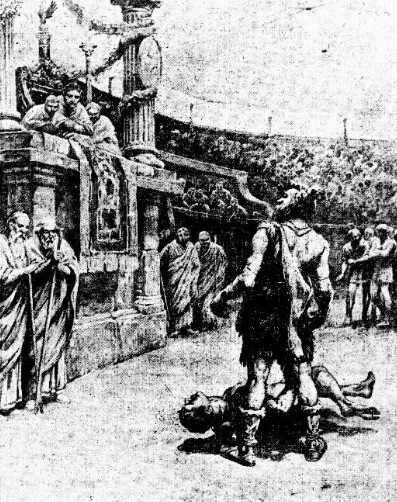
4. To Prevent Digging Up the Dead
Early ancient Romans buried their dead, for the most part. It was not until after they learned that enemies of Rome had dug up Roman soldiers and disgracefully exposed the bodies to the elements that funeral pyres became a popular way of sending off the soul of the deceased.
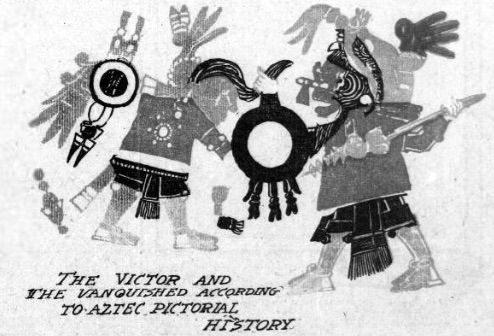
5. Aztec Fetal Position
When the Aztecs would bury their dead, they positioned the deceased in the fetal position. This means that the legs were bent and brought to the chest with the knees directly under the chin. These bodies were buried in trenches along with items of their trade or domestic lives.
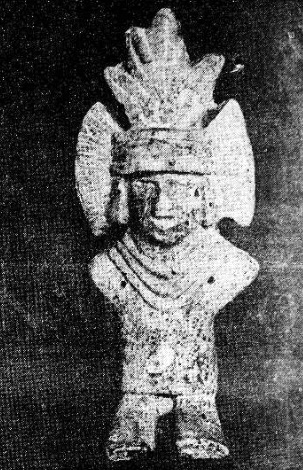
6. Corn Bins
The Aztecs would bury deceased infants by the family corn bins. This may have represented the spirits of the infants being reborn in the corn fields.
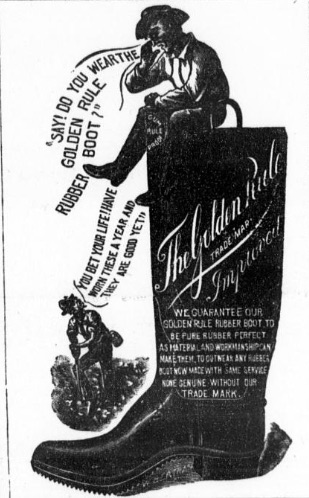
7. Boots for the Journey
Among the Romano-British, it was a custom to bury the dead in their boots so that they had something on their feet for the long journey to the afterlife.

